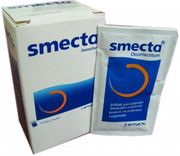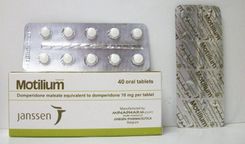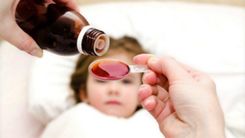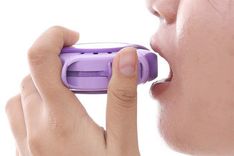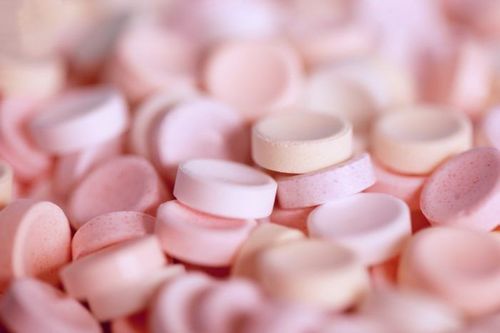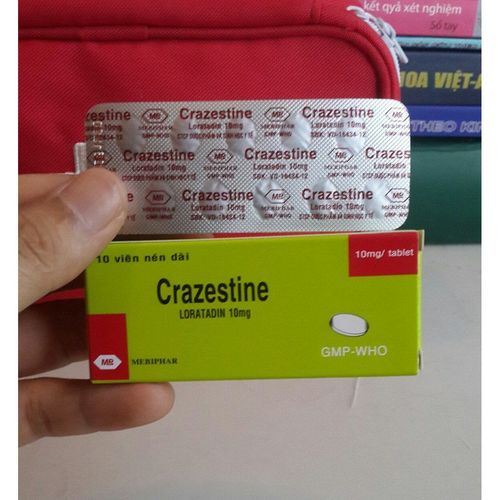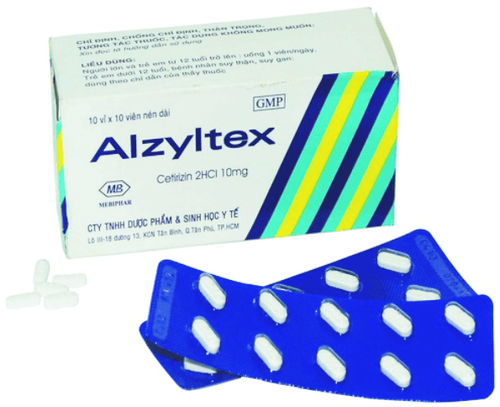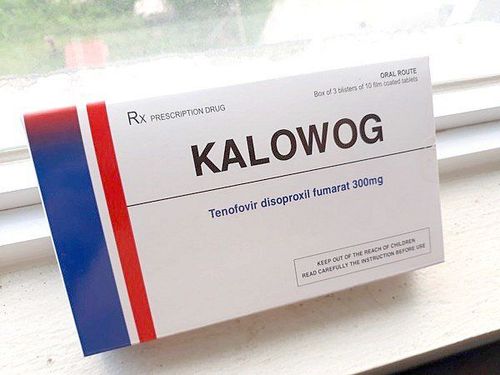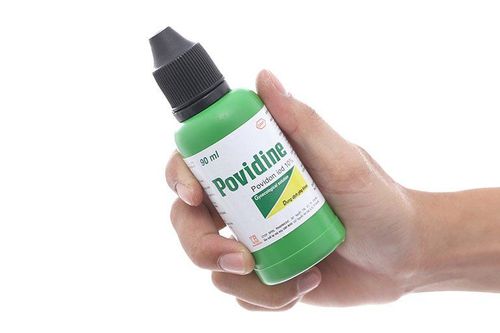This is an automatically translated article.
Naxitamab is a monoclonal antibody that targets the GD2 glycolipid present on the surface of neuroblastoma tumor cells and some normal cells. Naxitamab will bind to GD2 and cause cells to break down and die.
1. What are the effects of Naxitamab?
Naxitamab is a prescription drug for the treatment of neuroblastoma. Naxitamab has been approved by the US Food and Drug Administration (FDA). Naxitamab in combination with CM-CSF is an important modality for the treatment of neuroblastoma in patients at high risk of relapse or refractory. FDA approval of Naxitamab is supported by clinical evidence from research in patients with refractory or recurrent neuroblastoma. Naxitamab was well tolerated with some discontinuations in clinical trials and adverse events were well controlled in clinical practice.
Naxitamab is prepared as a solution for intravenous infusion. Each 10ml vial contains 40mg of Naxitamab.
2. Indications of the drug Naxitamab
Naxitamab is indicated in combination with GM-CSF as a granulocyte-macrophage colony-stimulating factor in the treatment of neuroblastoma in children under 1 year of age and adults at risk of relapse or refractory disease. cure. GM-CSF helps make more immune system cells, especially granulocytes and macrophages (white blood cells), that can attack and kill cancer cells. An example of a GM-CSF is sargramostim.
On the other hand, absolutely do not use Naxitamab for patients who are sensitive to any of its ingredients.
3. Dosage of Naxitamab
The recommended dose of Naxitamab is 3mg/kg/day (up to 150mg/day may be possible).
Before the Naxitamab infusion, you will be given medicines to prevent or reduce any possible allergic reactions, for example intravenous corticosteroids (such as methylprednisone or dexamethasone), antihistamines (such as diphenhydramine). ), H2 antagonists (such as famotidine), antipyretics to prevent fever (such as acetaminophen), and antiemetics to prevent nausea/vomiting. In addition, medications should be provided to prevent and treat pain during and after treatment. This pain is nerve related and medications may include gabapentin for neuropathic pain and opioid analgesics, monitored for at least 2 hours after the infusion.
This medicine is used together with a medicine called granulocyte-macrophage colony-stimulating factor (GM-CSF), which will be injected under your skin before and during your treatment cycle with Naxitamab .
4. Undesirable effects of Naxitamab
During the use of Naxitamab, you may experience unwanted effects, including:
Infusion reactions: In some cases, patients may be allergic to this medicine. Signs of a reaction may include: shortness of breath or difficulty breathing, cough, chest pain, heart palpitations, fainting, fever, chills, tremors, rash, flushing, itching, swelling of the lips or face, decreased blood pressure. If you notice any changes in your body during the infusion, tell your doctor right away. The infusion will be slowed or stopped if this happens. You will be given several medications before the infusion to help prevent these reactions.
Nervous system toxicity: Neurotoxicity is a problem that affects the nerves and can cause neuropathic pain. Before infusion of Naxitamab, your doctor will prescribe certain medications to prevent and treat neuropathic pain. You should report to your doctor immediately if the following symptoms begin:
Numbness, pain or tingling in the hands and feet. New or worsening low back pain Pain in the neck or abdomen. Burning, cold, loss of sensation in the legs. Difficulty concentrating Convulsions Changes in vision Headache Difficulty urinating Nausea and/or vomiting: Patients should call their doctor for a prescription for medication to help control nausea and vomiting. In addition, dietary changes can reduce this problem. Avoid things that can worsen symptoms, such as heavy or greasy foods, spices, or acidic foods (lemons, tomatoes, oranges). Try salt water or ginger to ease symptoms.
Diarrhea: The patient can use medicines to reduce diarrhea. Also, try eating bland, low-fiber foods, such as steamed rice and boiled chicken. Avoid raw fruits, vegetables, whole grain breads, cereals and nuts. Soluble fiber, found in some foods, helps to absorb fluids and help relieve diarrhea. Foods high in soluble fiber include: apple sauce, ripe bananas, canned fruit, boiled potatoes, white rice, white flour products, oatmeal, cream of rice, cream of wheat and potatoes fries. Drink 8-10 glasses of alcohol and caffeine-free water each day to prevent dehydration.
High blood pressure: Naxitamab can cause an increase in blood pressure. Therefore, it is advisable to check the patient's blood pressure regularly during treatment. Any hypertension should be treated appropriately. If the hypertension is not controlled, the drug can be discontinued. Report any headaches, vision changes, or dizziness to your doctor right away.
Peripheral edema: Peripheral edema is swelling of the extremities due to fluid retention, including edema of the hands, arms, legs, ankles and feet.
Fatigue: Fatigue is very common during cancer treatment and is a feeling of exhaustion that often does not subside with rest. During cancer treatment, you may need to make lifestyle changes to reduce fatigue. Plan things to do during the day to save time and have a reasonable rest. Exercise is an effective anti-fatigue measure.
Leukopenia: White blood cells play an important role in fighting infections. During treatment with Naxitamab, your white blood cell count drops, putting you at higher risk of infection. Tell your doctor right away if you have a fever above 38°C, sore throat or cold, trouble breathing, cough, burning when urinating, or sores that don't heal.
Thrombocytopenia: Platelets help with blood clotting, so when the platelet count is low, you have a higher risk of bleeding. If you have any excessive bruising or bleeding, including nosebleeds, bleeding gums, or blood in your stools or urine, tell your doctor right away.
Anemia: Red blood cells are responsible for carrying oxygen to the tissues in the body. When the red blood cell count is low, you may feel tired or weak, shortness of breath, chest pain...
Electrolyte disturbances: Naxitamab can cause electrolyte disturbances.
Disorders of blood sugar: Naxitamab can cause both higher and lower blood glucose levels in patients with and without diabetes. If you experience increased thirst, urination or hunger, blurred vision, headaches, or your breath has a fruity odor, tell your doctor. For patients with diabetes, blood sugar levels should be closely monitored.
Hepatotoxicity: this drug can cause liver toxicity, you need to do liver function tests if you notice yellow skin or eyes, dark or brown urine, abdominal pain.
4. Some notes when using Naxitamab
For pregnant women: Naxitamab can harm an unborn baby, so its use during pregnancy is not recommended. Lactation: It is not known whether Naxitamab passes into breast milk. Naxitamab is not recommended while breastfeeding and for 2 months after the last dose.
Please dial HOTLINE for more information or register for an appointment HERE. Download MyVinmec app to make appointments faster and to manage your bookings easily.
Reference source: oncolink.org
